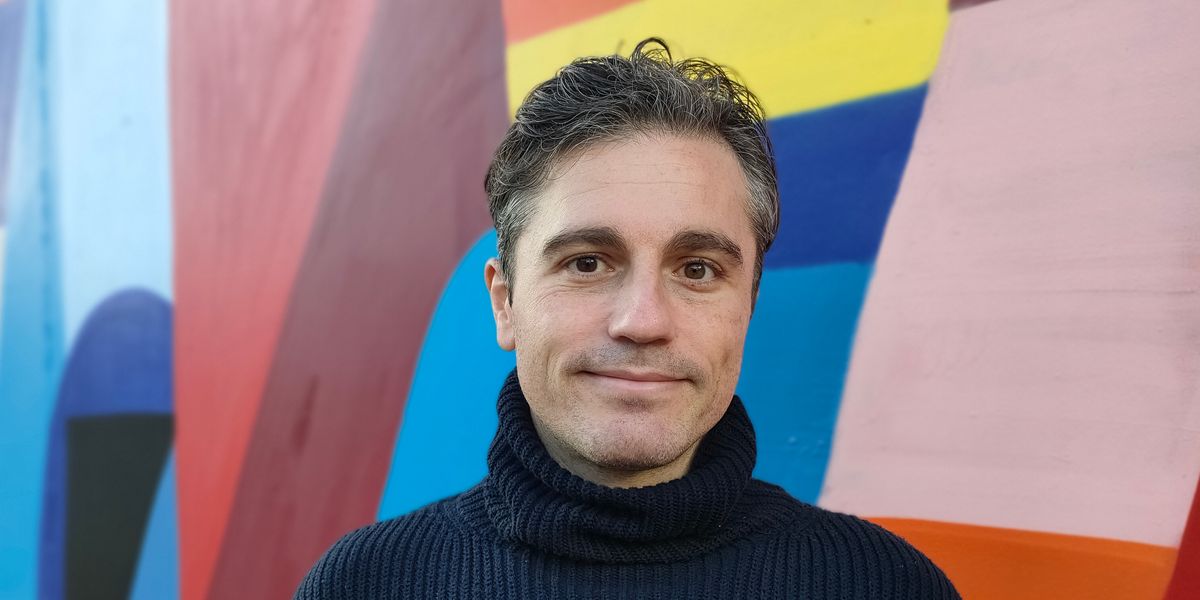 How long have you been at LSE and how did you come to join the European Institute?
How long have you been at LSE and how did you come to join the European Institute?
I have been working at the European Institute since 2016. I first joined as a researcher with the Chair for Contemporary Turkish Studies (then held by Prof Esra Özyürek). Soon afterwards, I was awarded my current full-time and research-oriented fellowship by the Leverhulme Trust and transitioned into this post in 2018.
How has the European Institute changed during your time here?
In my experience, the interdisciplinarity and internationality of our student body has diversified even further (I teach as part of the MSc in “Culture and Conflict in a Global Europe” and therefore my experience is mainly based on this programme). Relatedly, I feel our provision has diversified to reflect the many transformations taking place not only in our own institution but also in the world outside. Being an interdisciplinary scholar and an immigrant myself whose research engages some of the burning questions of our time, since 2018 I have had the chance here to design and teach courses on visuality, violence, racism and racialization.
What has been the most memorable moment during your time at the EI?
Sitting through the course validation committee meeting where my new course on violence and visuality was discussed. It was like a second PhD defence! Thankfully I passed without corrections.
What course or subject area have you enjoyed teaching the most?
I’m fortunate to have had the opportunity to teach seminar courses based directly on my current research. One of these is a course I designed from scratch and therefore, if I were to choose one, I would choose that. The course is called “Imaging Violence, Imagining Europe” and it explores the link between violence and visuality and how ideas of Europe and Europeanness have shaped and have been shaped by this link.
What makes the EI a special place?
In one word: “interdisciplinarity.” Over the past few decades, interdisciplinarity has become the subject of quite a lot of interest in academia but this sadly does not always reflect in the way institutions are designed and run. I feel EI is quite unique in that it is a department and yet not one named after a discipline.
Something else I find makes EI special is the opportunity it creates to rethink area studies. The department is named after a region and so resonates with area studies, but contrary to many other area studies departments it is not named after regions hitherto stereotyped as the “other” of the West or the Global North. The problems of area studies have been amply documented especially in terms of their contribution to such stereotypes. Having a department called European Institute in Europe itself, I think, presents a very interesting opportunity to rethink area studies by turning some of its historical problems on their head.
What excites you about the future of the EI?
More of what I have witnessed during my time here: even further interdisciplinarity and internationality!
What’s your favourite place on LSE campus?
The terrace we’ve got in our new Centre Building.
What is your favourite place to visit in Europe and why?
There are too many to mention here in one go, but I will answer by referring to one I visited most recently: Serbia’s capital Belgrade. This is a city I’ve visited more than once and I very much enjoy it every time I go. Most recently (during the pandemic), I spent a couple of weeks there, on the way back from visiting my parents in Turkey, to avoid hotel quarantine in the UK.
If you hold a passport from Turkey, Serbia is one of the few countries in Europe that does not require a visa from you, which contributed to my decision to go there on this latest occasion. Reasons that make Belgrade a favourite are too numerous to mention here but suffice it to say that it is both a quite relaxed place, as well as being a big city with multiple historical layers to it from various parts of European history, which are also reflected in its architecture - something I write about in my research.